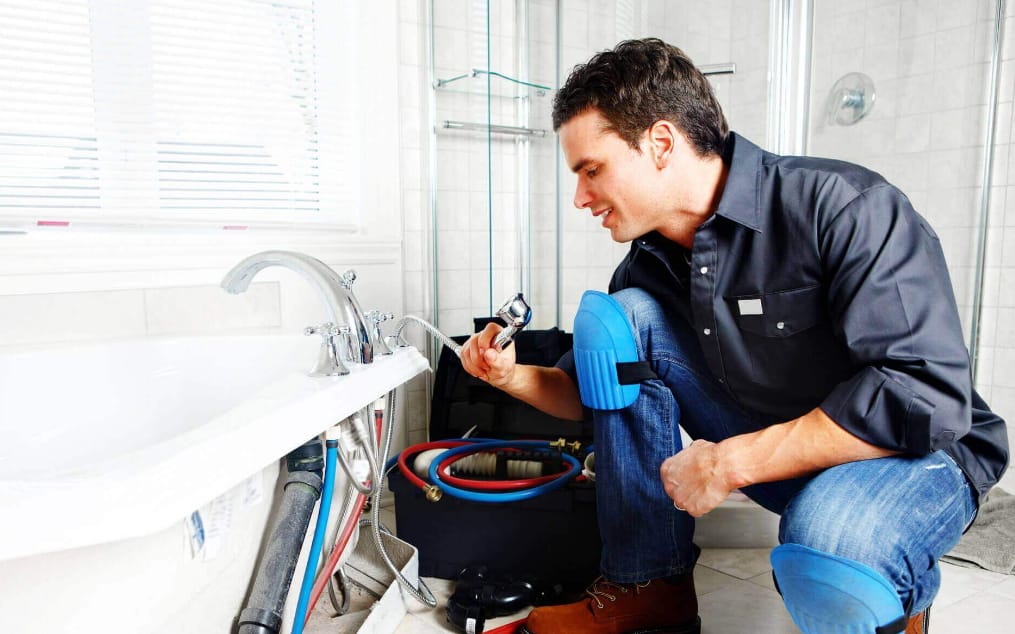Having trouble with weak water flow in your home? Low water pressure can transform simple daily tasks like showering or washing dishes into frustrating challenges. Whether it’s a sudden drop or a gradual decrease in pressure, this common plumbing issue affects many homeowners. For expert assistance with water pressure problems, Brown’s Plumbing provides professional diagnosis and repair services to restore your water flow to optimal levels.
Signs of Low Water Pressure
Low water pressure manifests in several ways throughout your home. The most obvious sign is reduced water flow from faucets and showerheads, making your morning shower less enjoyable. You might notice appliances taking longer to complete their cycles, as washing machines and dishwashers struggle to fill with water. Outside, your garden hose might lack the force needed for effective watering or cleaning. These signs often indicate an underlying pressure problem that requires attention.
What Causes Low Water Pressure?
Mineral Buildup
In areas with hard water, minerals like calcium and magnesium gradually accumulate inside pipes and fixtures. This buildup narrows the water passages, effectively reducing flow over time. Older homes are particularly susceptible to this issue, as years of mineral deposits can significantly impact water pressure throughout the plumbing system.
Leaking Pipes
Hidden leaks can be a major culprit behind pressure problems. Even small leaks allow water to escape before reaching your faucets, resulting in reduced pressure. These leaks often occur in walls or underground, making them difficult to detect without professional equipment. Water bills that are higher than usual often accompany this type of pressure loss.
Clogged Pipes
Over time, debris, hair, soap scum, and other materials can accumulate in your plumbing system. These blockages restrict water flow and create pressure problems. The issue may affect your entire house or be limited to specific areas, depending on the location of the clog.
Quick Fixes You Can Try
Check the Main Valve
Your home’s main water valve controls the overall water supply. Sometimes this valve gets accidentally turned to a partially closed position during maintenance or repairs. Locate your main valve and ensure it’s fully open by turning it counterclockwise until it stops.
Clean the Fixtures
Mineral deposits often collect in faucet aerators and showerheads, restricting flow. Remove these components and soak them in vinegar overnight to dissolve the buildup. After soaking, scrub gently with an old toothbrush to remove any remaining deposits. This simple maintenance task can significantly improve water flow at individual fixtures.
Look for Visible Leaks
Inspect accessible pipes under sinks, in basements, and around water heaters for signs of leaking. Look for water stains, dampness, or actual drips. Even minor leaks can impact your overall water pressure and should be repaired promptly to prevent water damage and waste.
When to Call a Plumber
While DIY solutions can resolve many pressure issues, some problems require professional expertise. Contact a licensed plumber if you experience:
- Sudden, unexplained pressure drops
- Multiple fixtures affected simultaneously
- Unusual noises in your plumbing system
- Water discoloration
- Persistent pressure problems despite basic fixes
Professional plumbers have specialized tools to accurately diagnose pressure issues and can identify problems hidden within your walls or underground. They can also recommend and install pressure-boosting systems if your home’s location or design creates chronic pressure problems.
Preventing Future Problems
Prevention is key to maintaining consistent water pressure. Consider installing a water softener if you live in an area with hard water – this will help prevent mineral buildup in your pipes. Schedule annual plumbing inspections to catch potential issues before they become serious problems. Keep an eye on your water bills for unexpected increases that might indicate leaks.
By understanding these common causes and solutions for low water pressure, you can take appropriate action to maintain strong, steady water flow throughout your home. Whether through simple maintenance or professional repairs, most water pressure problems can be resolved effectively.


